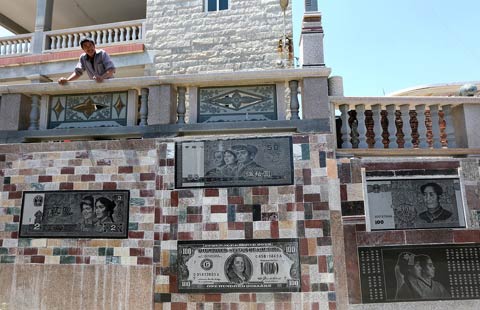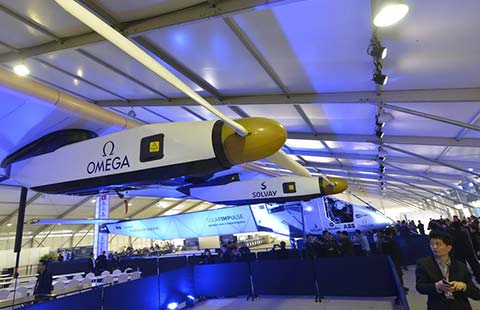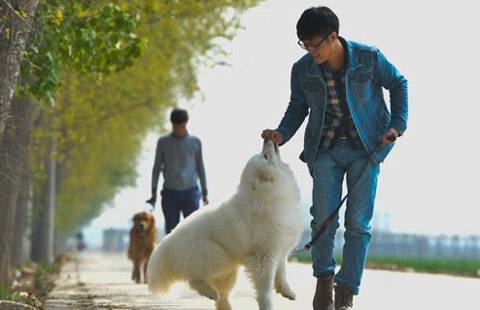Bio-loo answers call of nature
Updated: 2015-04-29 07:22
By Yang Feiyue(China Daily)
|
|||||||||
Upgraded semi-mobile versions of the toilet are being used in dozens of domestic scenic spots, including the Yancheng ancient ruins park and the West Taihu Lake ecological resort in Changzhou, as well as several parks in Jiangxi and Anhui provinces and the Inner Mongolia autonomous region, according to Zhang Qizhong, marketing director of Huajian Eco-Technology.
The units look modern and neat and have a steel structure and insulation materials on the outside.
"A stall can accommodate 120 people for 24 hours," Zhang says.
The units have helped cut costs and meet tourists' needs in some special places.
Permanent architecture, or namely concrete structures with deep foundations, are not permitted to be built at major national relic sites, says Tan Zhenggang, deputy director of the Yancheng ancient ruins park's management committee.
The park also lacks sewage infrastructure, Tan says.
"The biological toilets don't require ground digging and are easy to move," Tan says.
"They are easier to maintain and manage than traditional water-flushed counterparts."
A stall costs roughly 70,000 yuan ($11,300). There are nine squatting toilets in the park at the moment.
"They have been running smoothly for nine years since they were put into use at the scenic spot," Tan says.
They might be an answer to prayers from those drought-affected areas, especially the central and western regions in China, says Zhang Lingyun, deputy dean of the tourism college at Beijing Union University.
"The population in those places is not very big, so scientific planning of toilet distribution should be made," he explains.

 Baltimore erupts in riots after funeral of man who died in police custody
Baltimore erupts in riots after funeral of man who died in police custody
 Kathmandu's quake survivors struggle for food, water, tents
Kathmandu's quake survivors struggle for food, water, tents
 Photographer captures changes in China
Photographer captures changes in China
 Ten photos you don't wanna miss
Ten photos you don't wanna miss
 Villager decorates wall with banknote images
Villager decorates wall with banknote images
 Around the world on solar power
Around the world on solar power
 Ten ways to make travel more environmentally friendly
Ten ways to make travel more environmentally friendly
 Trainer who handles dogs with love, patience
Trainer who handles dogs with love, patience
Most Viewed
Editor's Picks

|

|

|

|

|

|
Today's Top News
China expected on agenda for Abe, Obama
Chinese firms need global vision: dean
Nepalis wait for quake help as death toll passes 4,000
New US-Japan defense guidelines inject instability in East Asia
iPhone sales in China surge, boost Apple's profits
61 suspects back home to be tried
Chinese, Koreans seek Japan apology
China rescue team starts work
US Weekly

|

|







